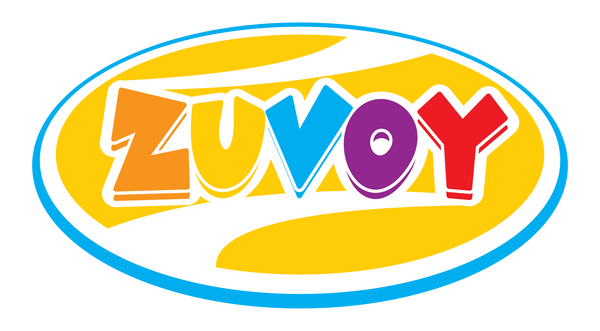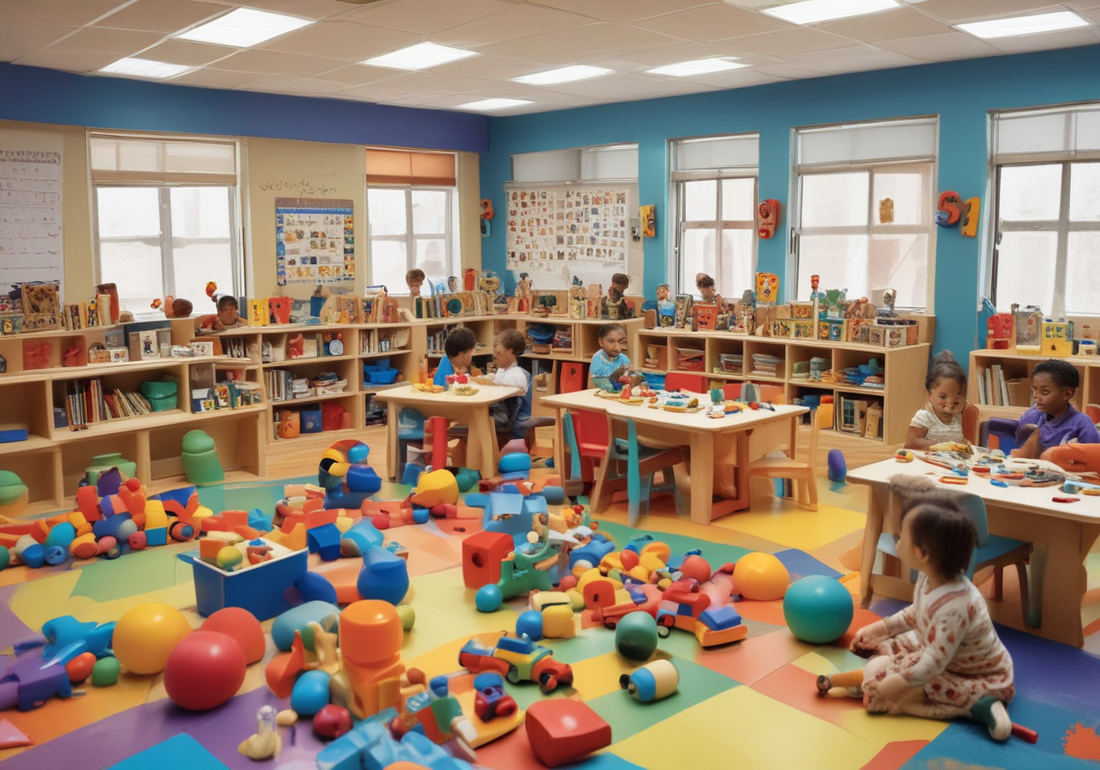Key Highlights
- Toys can be effective tools for hands-on learning, boosting cognitive and emotional growth.
- Toy-based pedagogy, rooted in play-based learning, engages students and fosters 21st-century skills.
- Toys benefit cognitive functions like memory and attention, as well as socio-emotional skills like self-awareness and responsible decision-making.
- Choosing relevant toys that connect to learning objectives is key to the successful implementation of toy-based pedagogy.
- Indigenous toys and games offer a rich resource for incorporating local culture and knowledge into learning experiences.
Introduction
In a time when we spend a lot of time on screens, it is important to value play. Toys provide a fun way for kids to learn. They can act out different characters, plan in a simple card game, and discover their surroundings. This blog looks at how toys can improve education. It shows how using play can make learning more interesting and effective.
The Role of Play in Learning

Play is not just a fun time for kids. It is very important for their thinking, social skills, and feelings. When children play, they learn to solve problems, be creative, and interact with others.
Including play in education understands that kids naturally want to learn by exploring and trying new things. Using toys to teach is a great way to use play. It makes learning enjoyable and helps children learn better.
How Toys Stimulate Cognitive Development?
Toys give kids real tools to understand complex ideas. For example, building blocks teach them about space and shapes, while puzzles help them think critically and solve problems. Playing with toys also helps kids become more focused. This is important today because there are many things that can distract them. Just like focusing on breathing is key in yoga, toys can help kids learn to concentrate and be mindful. Through play, children build fine motor skills, improve hand-eye coordination, and grow their awareness of space. These skills are important for learning tasks like writing and doing science experiments.
How can toys be used effectively in education?
Toys in education can be used effectively to enhance hands-on learning experiences, stimulate creativity, improve problem-solving skills, and promote social interaction. They provide a fun and engaging way for students to explore concepts in a practical manner, making learning more enjoyable and memorable.
What types of toys are most conducive to educational development?
Toys that encourage open-ended play and creativity, such as building blocks, puzzles, and art supplies, are most conducive to educational development in children. These toys promote problem-solving skills, imagination, and cognitive development in a fun and engaging way.
Encouraging Emotional and Social Skills Through Play
Playing with toys is not just good for learning; it also helps kids grow socially and emotionally. Sharing toys, taking turns, and figuring out roles in play are important ways to learn about getting along with others.
For toddlers, who are still learning to talk, toys can help them express themselves and their feelings. A simple doll can be a friend that helps them understand what they are feeling and what they go through.
Toys also help build empathy and emotional skills. When kids play with dolls or figures from different backgrounds, they can see how other people feel. This helps them learn to accept and understand different points of view.
Selecting Educational Toys for Different Age Groups

Choosing the right toys for learning is very important. It should fit a child's age and how they are developing. For infants, toys that help their senses are best. Toddlers, on the other hand, like toys that get them moving and exploring.
As kids grow up, their toys need to change, too. It's good to add toys that make them think about problems, spark creativity, and teach them new ideas.
Best Toys for Early Childhood (0-3 Years)
Engage toddlers with toys that help them explore their senses and think better. Choose toys that have different textures, colors, and shapes to encourage sensory discovery. Interactive toys with buttons or knobs can boost fine motor skills. Simple puzzles can also help them learn to solve problems. Pick toys that show animals, vehicles, or common objects. These can teach new words and help toddlers understand the world around them.
Essential Toys for Toddlers (4-7 Years)
Building on basic skills, primary school kids can benefit from toys that help their thinking skills. Educational board games, like "Sequence for Kids," improve their ability to think strategically and interact with others. Constructive toys, such as building blocks and science kits, help boost creativity and problem-solving skills. Storytelling toys, like puppet theaters, support language growth and spark imagination. Active toys, such as skipping ropes and sports gear, promote physical health and working together as a team. By using these various toys, children can take part in well-rounded learning experiences that fit their growth.
Conclusion
Toys are very important for helping kids learn. They support thinking, feelings, and social skills. When you choose the right toys for each age, you help kids learn in a way that fits their growth. Adding play to learning makes it enjoyable and boosts key skills that help kids grow fully. Educational toys help spark creativity and support problem-solving. They are great tools for shaping young minds. Embrace play in learning and see how it can change how kids learn. Start looking into educational toys to find a fun way to teach.
Frequently Asked Questions
What are the benefits of incorporating toys into education?
Incorporating toys helps kids learn while they play, including mindfulness games. This boosts their creativity, problem-solving, and social skills. Whether they spend a lot of time playing a card game, pretending to be different characters, or focusing on yoga, toys provide a fun way to learn for toddlers and older children.

